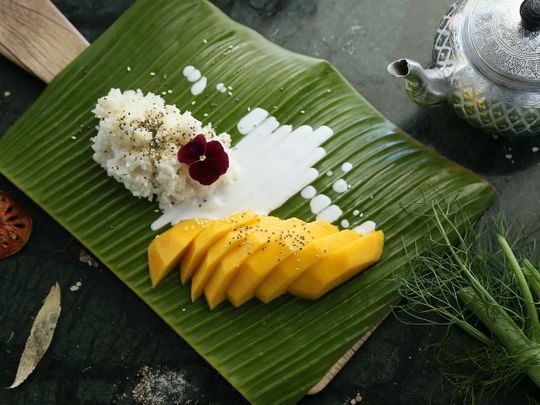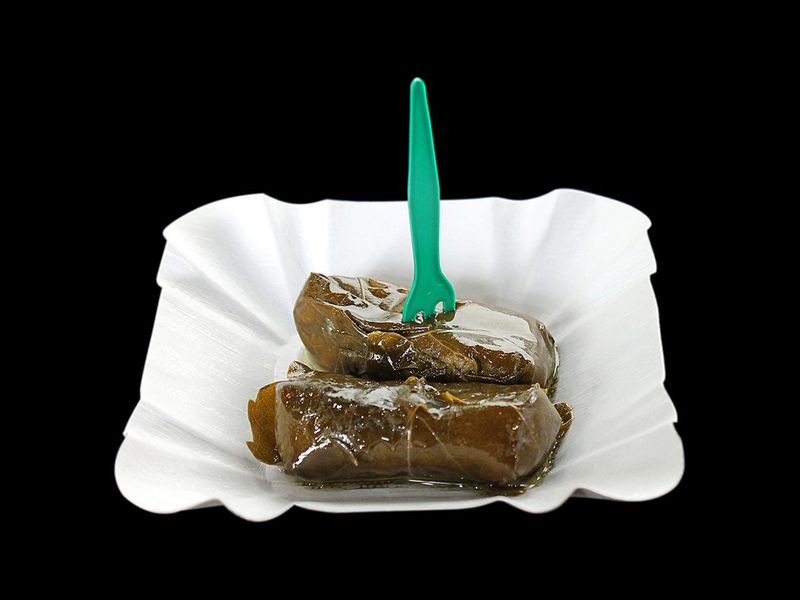
Before the introduction of paper and plastic packaging, food was wrapped in something far more natural that even added fragrance, and was edible: leaves.
Click start to play today’s Crossword, where one kind of leaf used in cooking, can be found in the clue for 1-Across. Visit Gulf News’ Food section for everything to do with cooking, cuisines and recipes.
A walk in a grove of trees can yield delicious ingredients. Snap a fig leaf for a savoury simple syrup; pick perilla leaves for a briny, herbal Korean snack; or grab a banana leaf to serve as a plate for South Indian fare.
Here are five kinds of leaves that are enjoyed around the world, in various cuisines:
1. Banana leaves
Served in Asian, Caribbean and Hispanic cuisines, banana leaves can be added for flavour while cooking up dishes, converted into a wrapping when steaming food, or used as a vibrant serving plate or platter. India has a long standing tradition of serving food on banana leaves, since they’re big enough to hold multi-course meals like south Indian thalis (vegetarian or non-vegetarian dishes served in small portions together). In Thailand, fish fillet is often slathered in aromatic coconut sauce, then wrapped in banana leaves and baked in the oven. And in Latin America and the Caribbean, traditional pasteles are small packets of meat and adobo stuffing, encased in green plantain masa and wrapped up in banana leaves.
2. Shiso leaves
Native to Korea, India, and Japan, these teardrop-shaped leaves are called shiso in Japanese and perilla or deulkkae in Korea. In Japan, the leaves occur naturally in green or purple shades, and are often used for colouring umeboshi or Japanese salt plums. In Korea, perilla has a similar flavour to cinnamon and anise, and is often marinated and fermented. It appears in Korean banchan – small side dishes served with cooked rice.
3. Fig leaves
Indigenous to the Middle East and western Asia, but cultivated all around the world, fig leaves are often disregarded in favour of the tree’s sweet fruit. But when steeped in hot water, it creates a calming, nutty alternative to green tea. Fig greens are also often used as serving platters for runny cheeses.
4. Grape leaves

Another staple in the Middle East and the Mediterranean, grape leaves provide great outer shells for stuffing, as in the case of dolmas from the Levant region, which are rolled leaves, stuffed with rice and herbs or meat and dried fruit. Grape leaves can also be found in sauces, rice and grain dishes, and as wrappings for steamed fish.
5. Bamboo leaves
From east, southeast and south Asia, bamboo leaves have long been used as wrappers for delicious fillings. When dried and rehydrated, they release a green, walnut-scented perfume and make for a perfect envelope for Chinese zongzi (rice dumplings). Be warned though, the leaf itself should not be consumed since fresh bamboo has cyanide, and in large amounts, can be deadly.
Do you use leaves in cooking? Play today’s Crossword and tell us at games@gulfnews.com.








